2013 Ford Fusion Brake Rotors and Pads
Click here to search another vehicle
All Rotors:
OEM x
Coated x
Drilled, Slotted and Coated x
Front x
Rear x
All Pads:
Ceramic x
Semi-metallic x
Front x
Rear x
Found 20 record
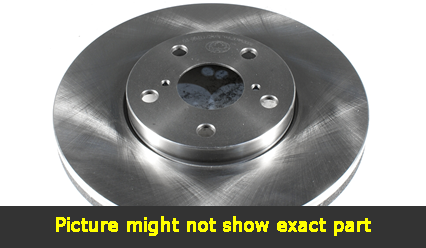
Part No: BR575118
Raybestos: 681014
OE:
Raybestos: 681014
OE:
$66.44 each
Per Car QTY: 2
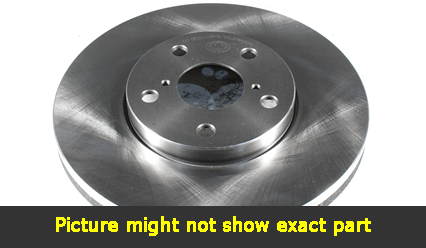
Part No: BR575319
Raybestos:
OE:
Raybestos:
OE:
$63.63 each
Per Car QTY: 2
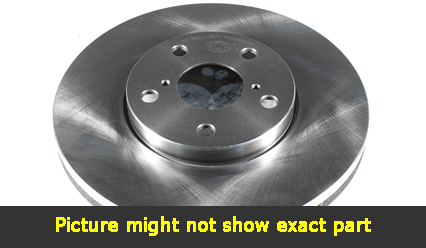
Part No: BR54195
Raybestos: 681013
OE: BRRF120
Raybestos: 681013
OE: BRRF120
$36.13 each
Per Car QTY: 2
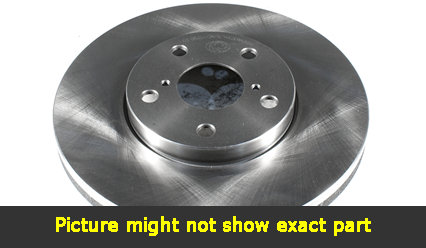
Part No: BR575119
Raybestos: 681012
OE:
Raybestos: 681012
OE:
$43.58 each
Per Car QTY: 2
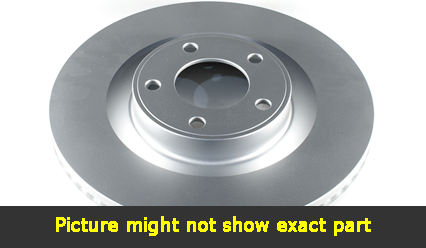
Part No: PP575118
Raybestos: 681014
OE:
Raybestos: 681014
OE:
$83.61 each
Per Car QTY: 2
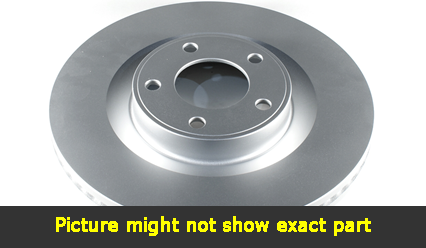
Part No: PP575319
Raybestos:
OE:
Raybestos:
OE:
$76.81 each
Per Car QTY: 2
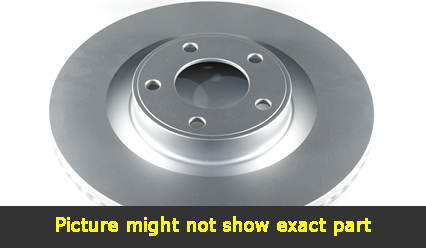
Part No: PP54195
Raybestos: 681013
OE: BRRF120
Raybestos: 681013
OE: BRRF120
$45.65 each
Per Car QTY: 2
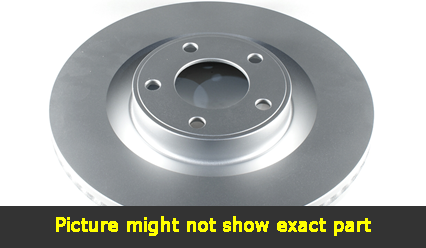
Part No: PP575119
Raybestos: 681012
OE:
Raybestos: 681012
OE:
$56.09 each
Per Car QTY: 2

Part No: SP575118L
Raybestos: 681014
OE:
Raybestos: 681014
OE:
$120.06 each
Per Car QTY: 1
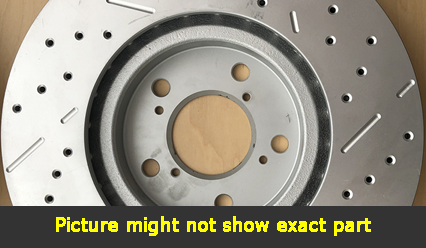
Part No: SP575118R
Raybestos: 681014
OE:
Raybestos: 681014
OE:
$120.06 each
Per Car QTY: 1

Part No: SP575319L
Raybestos:
OE:
Raybestos:
OE:
$113.26 each
Per Car QTY: 1

Part No: SP575319R
Raybestos:
OE:
Raybestos:
OE:
$113.26 each
Per Car QTY: 1
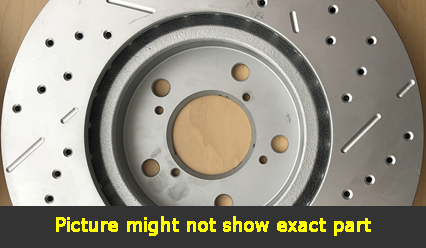
Part No: SP54195L
Raybestos: 681013
OE: BRRF120
Raybestos: 681013
OE: BRRF120
$78.05 each
Per Car QTY: 1
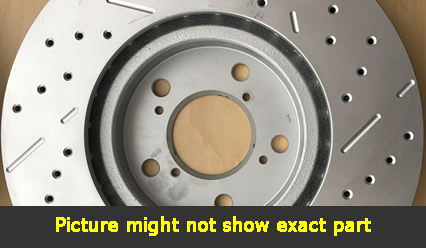
Part No: SP54195R
Raybestos: 681013
OE: BRRF120
Raybestos: 681013
OE: BRRF120
$78.05 each
Per Car QTY: 1
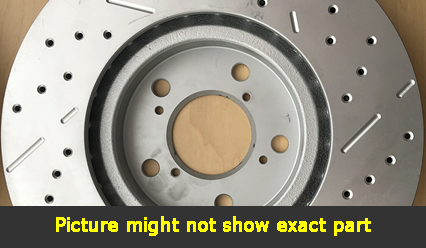
Part No: SP575119L
Raybestos: 681012
OE:
Raybestos: 681012
OE:
$88.49 each
Per Car QTY: 1
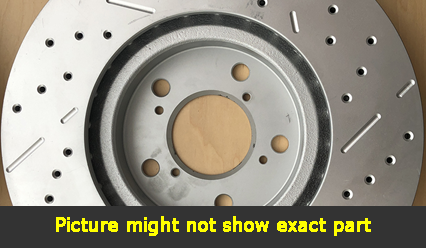
Part No: SP575119R
Raybestos: 681012
OE:
Raybestos: 681012
OE:
$88.49 each
Per Car QTY: 1
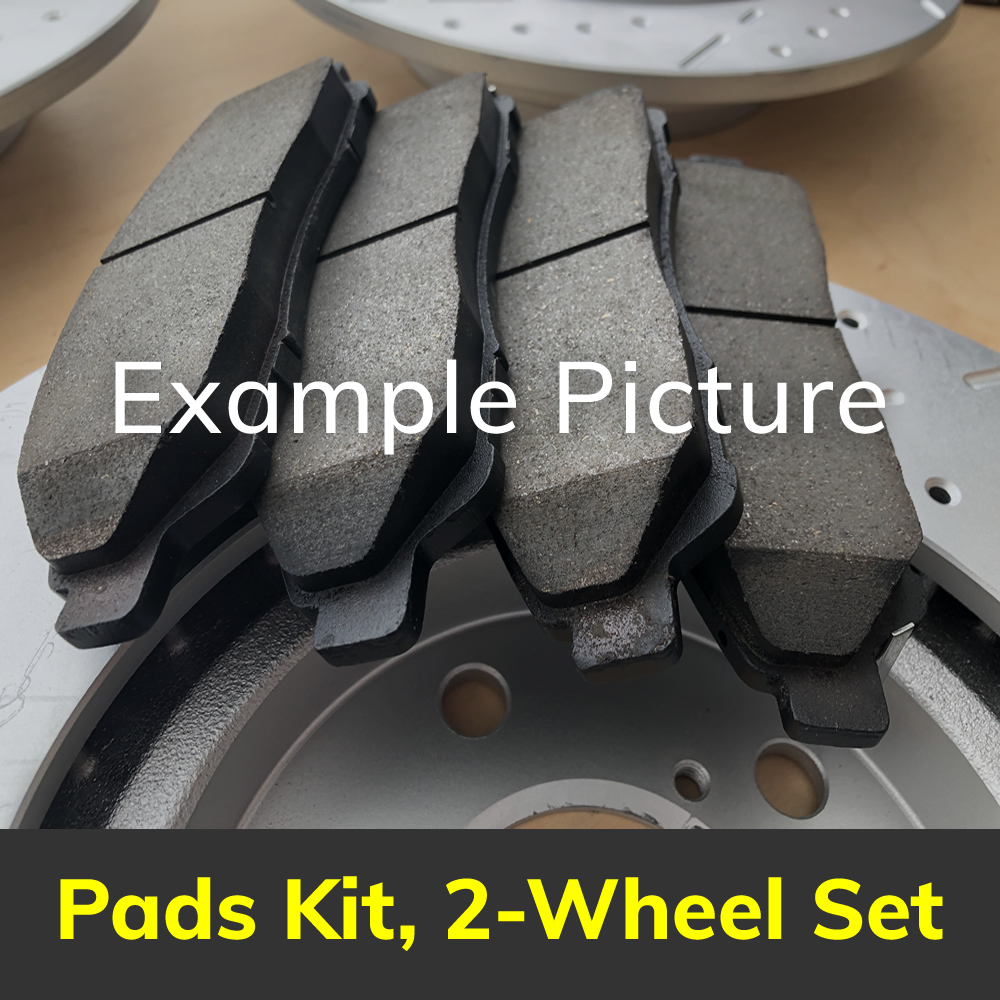
Part No: PD1653C
Raybestos:
OE:
Raybestos:
OE:
$45.59 each
Per Car QTY: 1
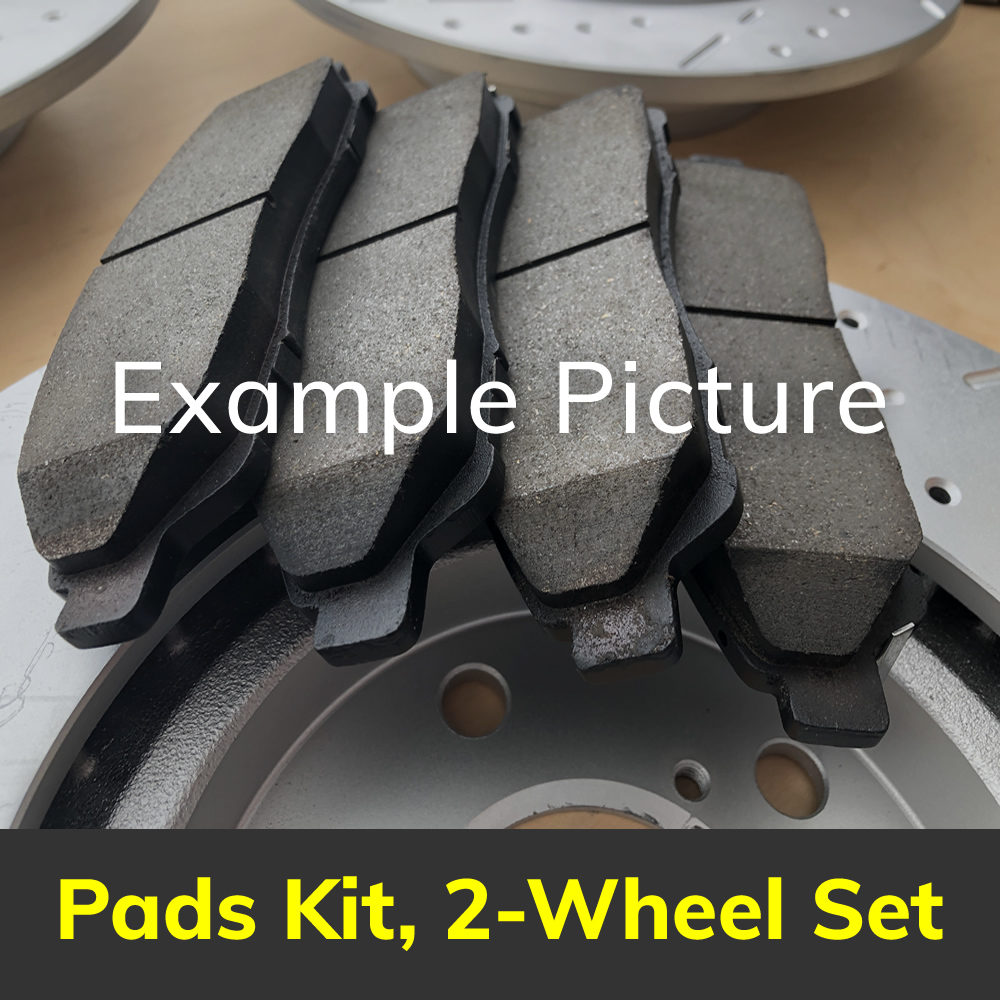
Part No: PD1665C
Raybestos:
OE:
Raybestos:
OE:
$33.79 each
Per Car QTY: 1
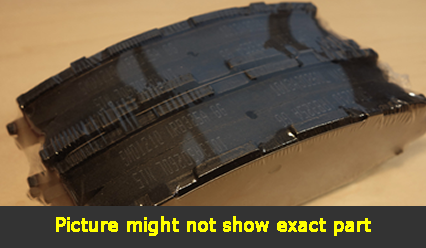
Part No: SMD1653
Raybestos:
OE:
Raybestos:
OE:
$26.73 each
Per Car QTY: 1
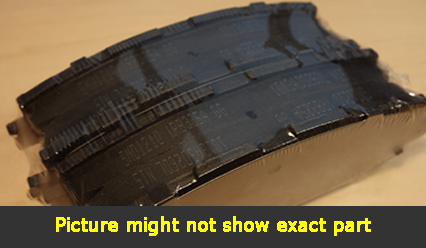
Part No: SMD1665
Raybestos:
OE:
Raybestos:
OE:
$21.89 each
Per Car QTY: 1
When it comes to ensuring safety on the road, having reliable brakes is of utmost importance. If you own a 2013 Ford Fusion and find yourself needing to replace your brakes, it's crucial to choose the right ones for your vehicle. With the numerous options available, it can be overwhelming to determine which brakes are the best fit. However, by considering a few key factors and doing some research, you can make an informed decision. In this article, we will guide you through the process of choosing brakes for your 2013 Ford Fusion, ensuring you make a reliable and safe choice.
1. Determine your brake type:
Before diving into the brake selection process, it's essential to identify the type of brakes your 2013 Ford Fusion has. The two primary types are disc brakes and drum brakes. Most modern vehicles, including the 2013 Ford Fusion, are equipped with disc brakes on the front wheels, while some have drum brakes on the rear wheels. Knowing which type your vehicle has will help you narrow down your options later on.
2. Consider OEM vs. aftermarket options:
You have two main choices when it comes to buying brake parts: OEM (Original Equipment Manufacturer) or aftermarket options. OEM parts are designed to match the specifications of your vehicle and are often sold by authorized dealerships. They typically come with a higher price tag compared to aftermarket options. On the other hand, aftermarket brakes are made by third-party manufacturers and can offer comparable performance at a more affordable price. Consider your budget, warranty preferences, and specific requirements to decide which option is best for you.
3. Understand braking system requirements:
It's important to understand the specific requirements of your braking system. This includes the rotor size, pad type, and any other specifications that may affect brake compatibility. Consult your vehicle's owner manual or speak to a trusted mechanic to ensure you choose brakes that meet your car's requirements. Additionally, consider your driving habits and environment; if you frequently drive on hilly terrains or carry heavy loads, you might want to opt for more durable brakes.
4. Research brake brands and reviews:
With the multitude of brake options available, it's essential to conduct thorough research on different brands and read customer reviews. Look for well-known brands that have positive reviews and a reputation for producing quality brakes. Websites and forums dedicated to car enthusiasts can be excellent resources for gathering information and real-world experiences.
5. Select suitable brake pads:
When selecting brake pads, there are several options to consider. Semi-metallic pads are the most common and offer good all-around performance, but they tend to create more dust and noise compared to other types. Ceramic pads provide excellent stopping power, generate less noise and dust, and are ideal for vehicles that prioritize comfort. However, they can be more expensive. Organic pads are the least expensive option, but they tend to wear out faster and may not provide optimal performance in certain driving conditions. Consider your driving needs, your budget, and the type of driving you typically engage in to choose the appropriate pads for your vehicle.
6. Seek professional advice:
If you're uncertain about which brakes to choose, it's always advisable to consult a professional mechanic or brake specialist. They can provide expert advice based on your specific driving habits, vehicle's requirements, and personal preferences. They might also recommend additional brake maintenance or system checks to ensure optimal performance and safety.
In conclusion, selecting the right brakes for your 2013 Ford Fusion involves considering your vehicle's brake type, understanding the braking system requirements, researching different brands and options, and selecting suitable brake pads. By following these steps and seeking professional advice if needed, you can make an informed decision and ensure the safety and reliability of your vehicle's braking system.
1. Determine your brake type:
Before diving into the brake selection process, it's essential to identify the type of brakes your 2013 Ford Fusion has. The two primary types are disc brakes and drum brakes. Most modern vehicles, including the 2013 Ford Fusion, are equipped with disc brakes on the front wheels, while some have drum brakes on the rear wheels. Knowing which type your vehicle has will help you narrow down your options later on.
2. Consider OEM vs. aftermarket options:
You have two main choices when it comes to buying brake parts: OEM (Original Equipment Manufacturer) or aftermarket options. OEM parts are designed to match the specifications of your vehicle and are often sold by authorized dealerships. They typically come with a higher price tag compared to aftermarket options. On the other hand, aftermarket brakes are made by third-party manufacturers and can offer comparable performance at a more affordable price. Consider your budget, warranty preferences, and specific requirements to decide which option is best for you.
3. Understand braking system requirements:
It's important to understand the specific requirements of your braking system. This includes the rotor size, pad type, and any other specifications that may affect brake compatibility. Consult your vehicle's owner manual or speak to a trusted mechanic to ensure you choose brakes that meet your car's requirements. Additionally, consider your driving habits and environment; if you frequently drive on hilly terrains or carry heavy loads, you might want to opt for more durable brakes.
4. Research brake brands and reviews:
With the multitude of brake options available, it's essential to conduct thorough research on different brands and read customer reviews. Look for well-known brands that have positive reviews and a reputation for producing quality brakes. Websites and forums dedicated to car enthusiasts can be excellent resources for gathering information and real-world experiences.
5. Select suitable brake pads:
When selecting brake pads, there are several options to consider. Semi-metallic pads are the most common and offer good all-around performance, but they tend to create more dust and noise compared to other types. Ceramic pads provide excellent stopping power, generate less noise and dust, and are ideal for vehicles that prioritize comfort. However, they can be more expensive. Organic pads are the least expensive option, but they tend to wear out faster and may not provide optimal performance in certain driving conditions. Consider your driving needs, your budget, and the type of driving you typically engage in to choose the appropriate pads for your vehicle.
6. Seek professional advice:
If you're uncertain about which brakes to choose, it's always advisable to consult a professional mechanic or brake specialist. They can provide expert advice based on your specific driving habits, vehicle's requirements, and personal preferences. They might also recommend additional brake maintenance or system checks to ensure optimal performance and safety.
In conclusion, selecting the right brakes for your 2013 Ford Fusion involves considering your vehicle's brake type, understanding the braking system requirements, researching different brands and options, and selecting suitable brake pads. By following these steps and seeking professional advice if needed, you can make an informed decision and ensure the safety and reliability of your vehicle's braking system.


